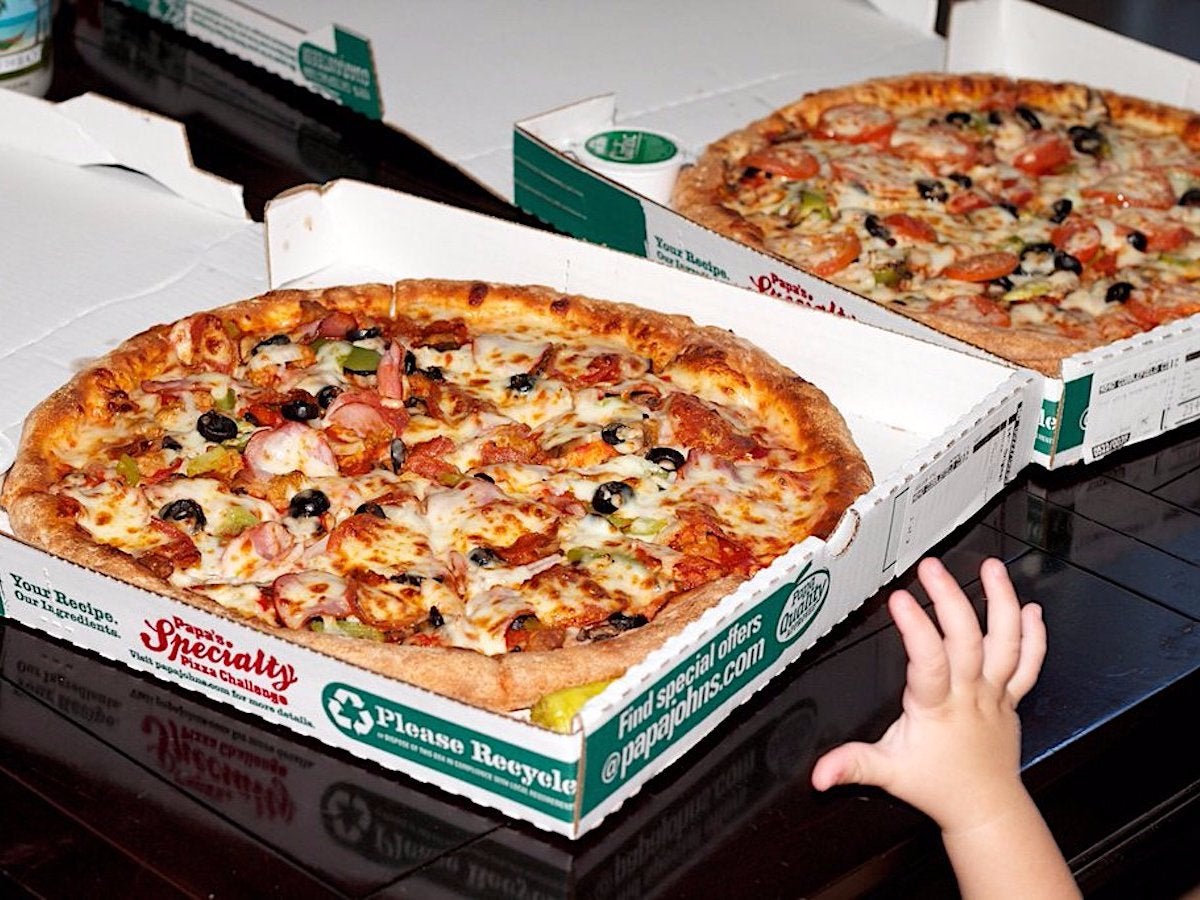The Independent's journalism is supported by our readers. When you purchase through links on our site, we may earn commission.
Bitcoin Pizza Day: How a pizza worth $40m shows the cryptocurrency’s stunning price rise
'I’ll pay 10,000 bitcoins for a couple of pizzas'
Your support helps us to tell the story
From reproductive rights to climate change to Big Tech, The Independent is on the ground when the story is developing. Whether it's investigating the financials of Elon Musk's pro-Trump PAC or producing our latest documentary, 'The A Word', which shines a light on the American women fighting for reproductive rights, we know how important it is to parse out the facts from the messaging.
At such a critical moment in US history, we need reporters on the ground. Your donation allows us to keep sending journalists to speak to both sides of the story.
The Independent is trusted by Americans across the entire political spectrum. And unlike many other quality news outlets, we choose not to lock Americans out of our reporting and analysis with paywalls. We believe quality journalism should be available to everyone, paid for by those who can afford it.
Your support makes all the difference.On 17 May, 2010, a computer programmer from Florida set out to prove that bitcoin could be used as a real-world currency. At the time, one unit of the cryptocurrency was only worth $0.008, so Laszlo Hanyecz proposed buying two pizzas for what would today be an extraordinary sum of bitcoins.
“I’ll pay 10,000 bitcoins for a couple of pizzas,” Mr Hanyecz said on a bitcoin forum. “Maybe 2 large ones so I have some left over for the next day. I like having left over pizza to nibble on later.”
He signed off the post: “If you’re interested please let me know and we can work out a deal.”
Most members of the forum were interested in the experiment but some saw it as a bid to get a free meal from a technology that was unknown beyond a small subset of free market libertarians and so-called cypher-punks.
“Good luck on getting your free pizza,” one user commented, to which Mr Hanyecz replied: “I just think it would be interesting if I could say that I paid for a pizza in bitcoins.”
Five days later Mr Hanyecz posted a picture of two pizzas to the same forum, alongside a comment saying he had successfully traded 10,000 bitcoins to acquire them.

Within a couple of months the price of bitcoin had risen 10-fold, forcing the computer programmer to rescind an open offer to exchange bitcoins for pizza.
Eight years later, that same amount of bitcoin would be worth more than $80 million – a figure that serves to demonstrate the cryptocurrency’s continued price rise since its inception in January 2009. The historic transaction is believed to be the first time a good or service was exchanged for bitcoin and is remembered on 22 May each year as ‘Bitcoin Pizza Day.’
"It wasn't like bitcoins had any value back then, so the idea of trading them for a pizza was incredibly cool," Mr Hanyecz told The New York Times in 2013, when the sum of bitcoins had sky-rocketed to $6 million. "No one knew it was goin to get so big."
Mr Hanyecz had acquired the bitcoin through mining – a process that uses computing power to solve complex mathematical puzzles in order to generate new units of the cryptocurrency. He therefore didn't see it as losing a future fortune but rather proving the capabilities of a nascent technology.
He eventually sold the rest of his bitcoins when their value reached $1, earning around $4,000, which he used to buy himself a new computer.
The computer programmer continues to be interested in bitcoin and recently replicated the experiment using the Lightning Network, a platform that operates over bitcoin's blockchain in order to facilitate more efficient transactions on bitcoin's network.
In February this year, Mr Hanyecz paid 0.00649 bitcoins for two pizzas in order to test the Lightning Network.
On May 22, 2010, those same bitcoin would have been worth 0.00005 cents.

Join our commenting forum
Join thought-provoking conversations, follow other Independent readers and see their replies
Comments